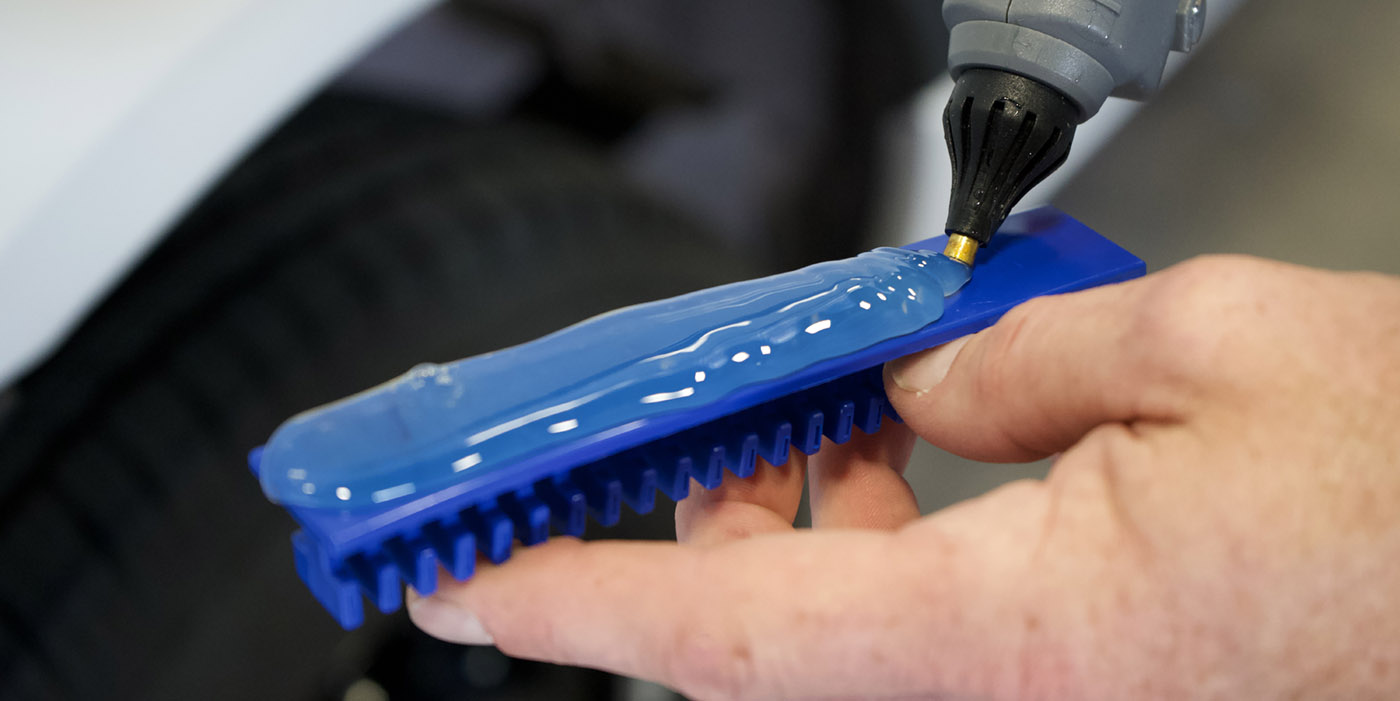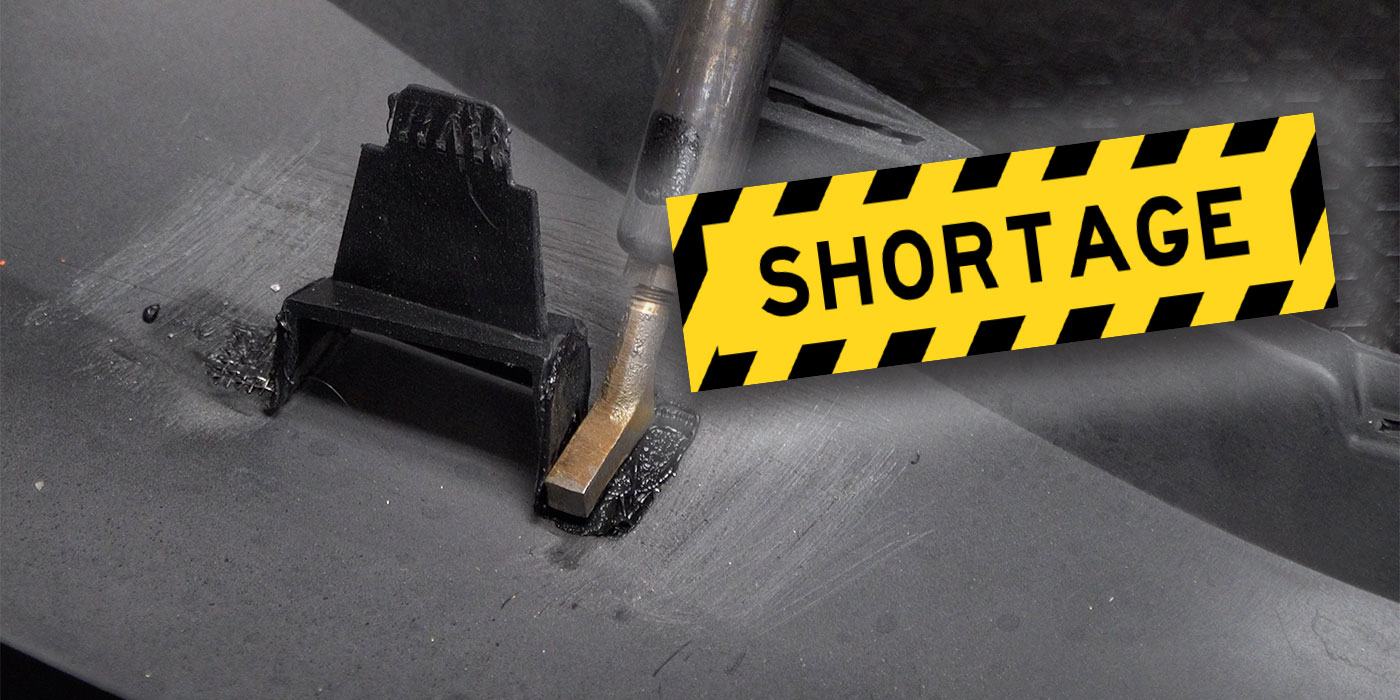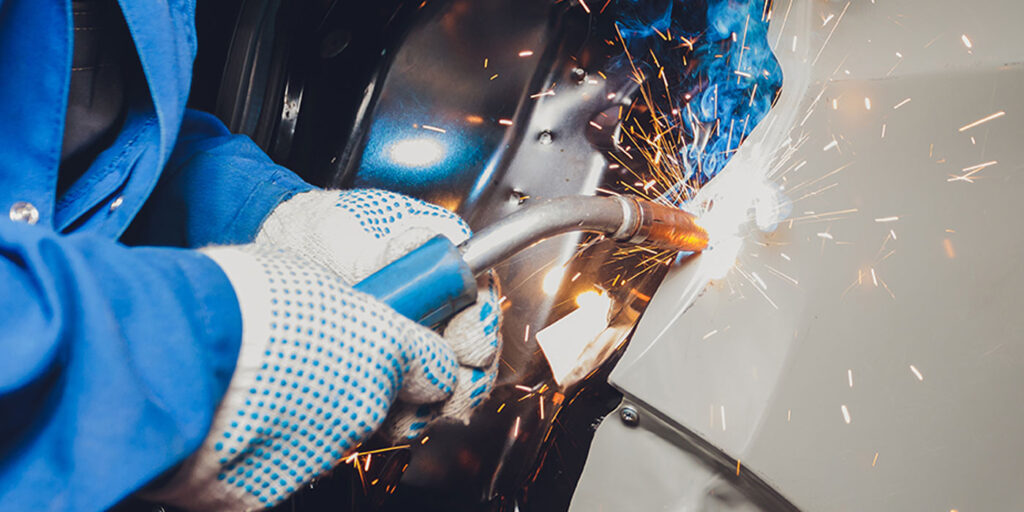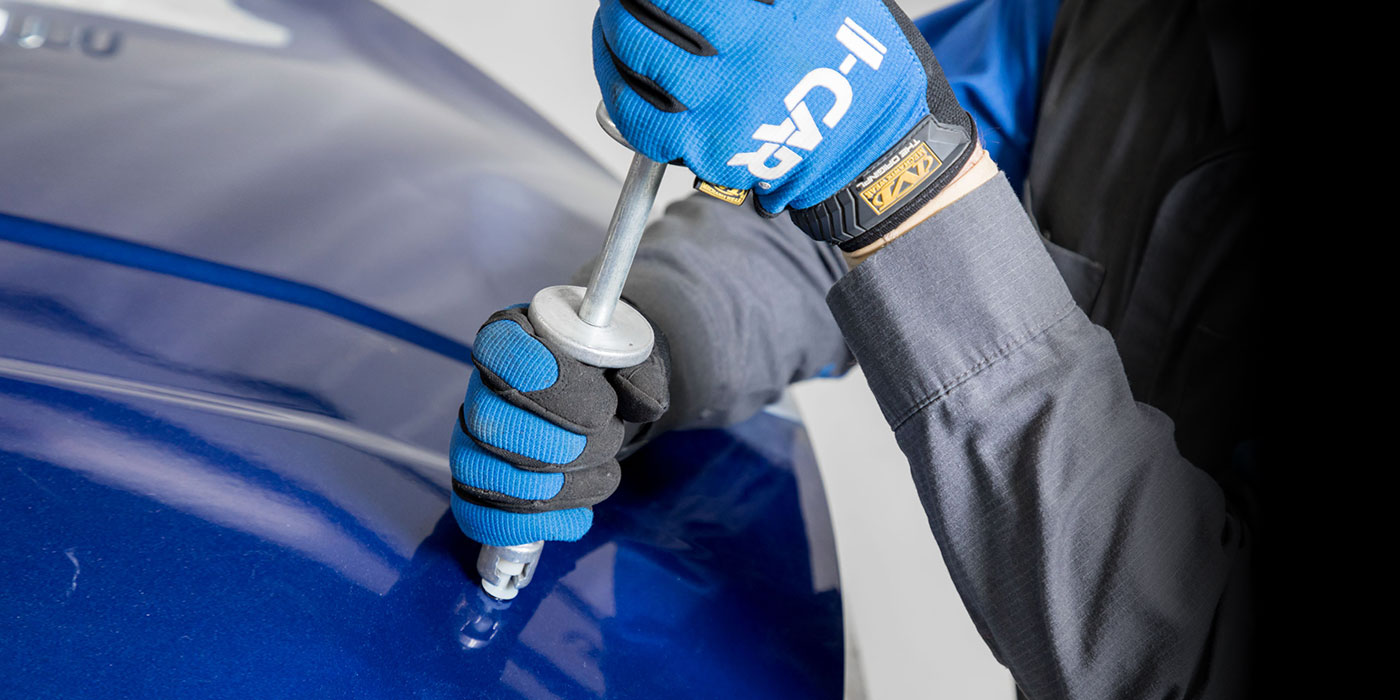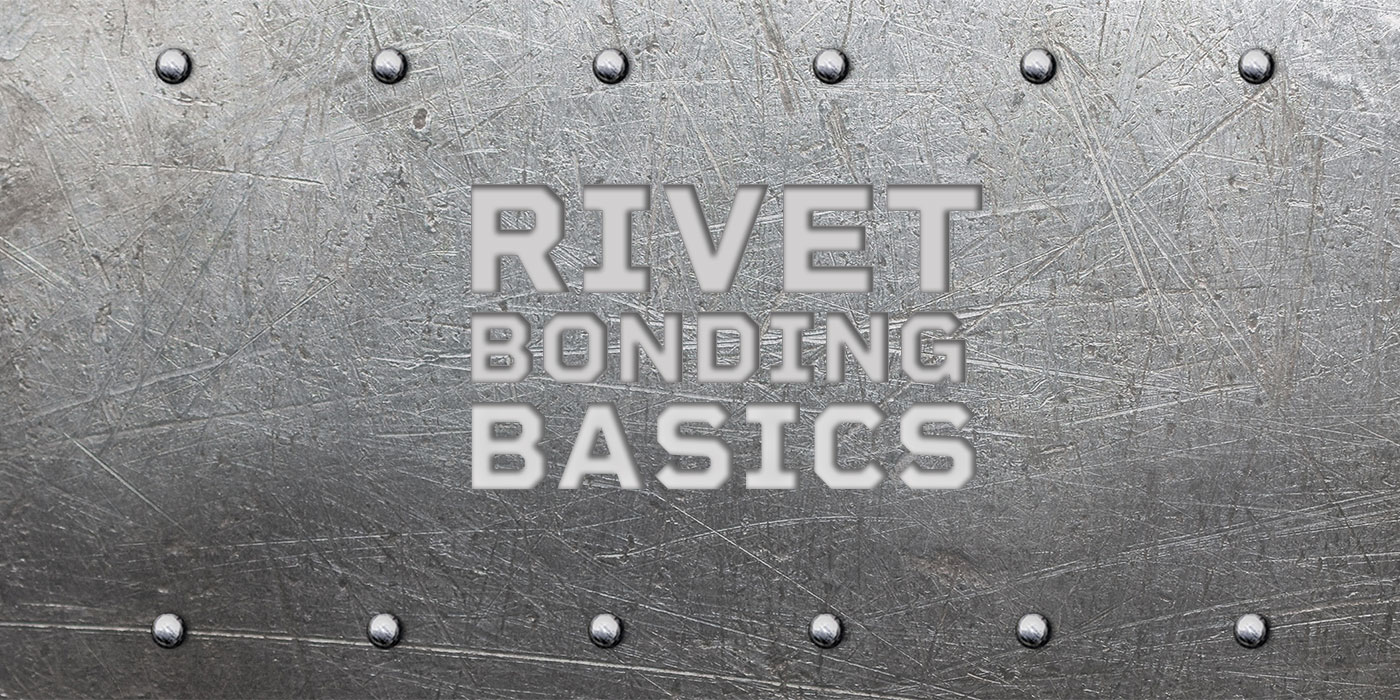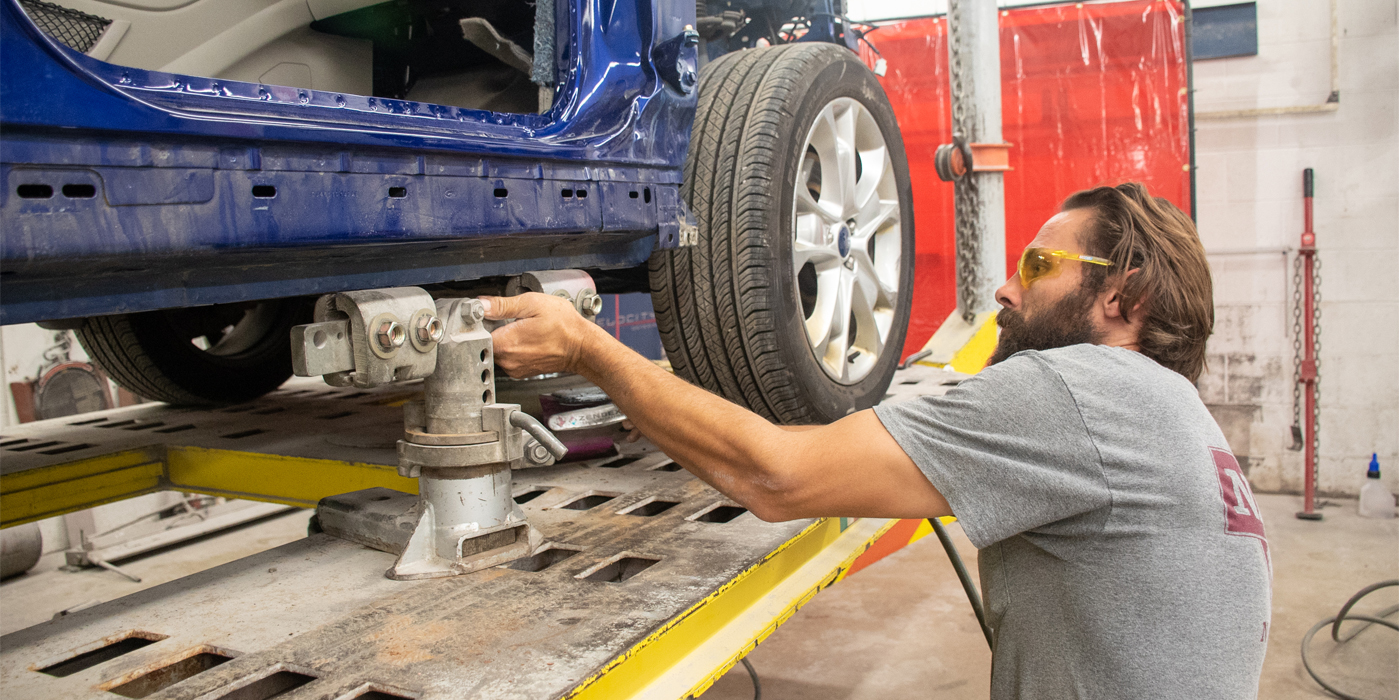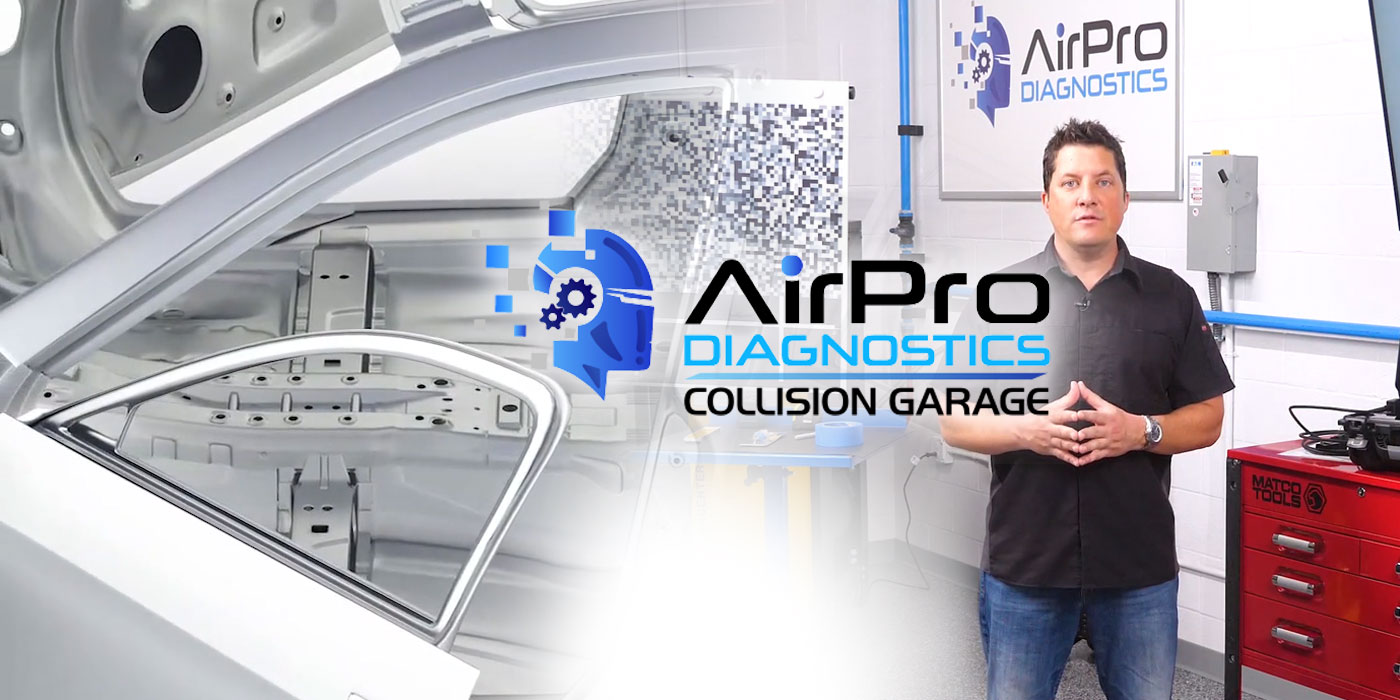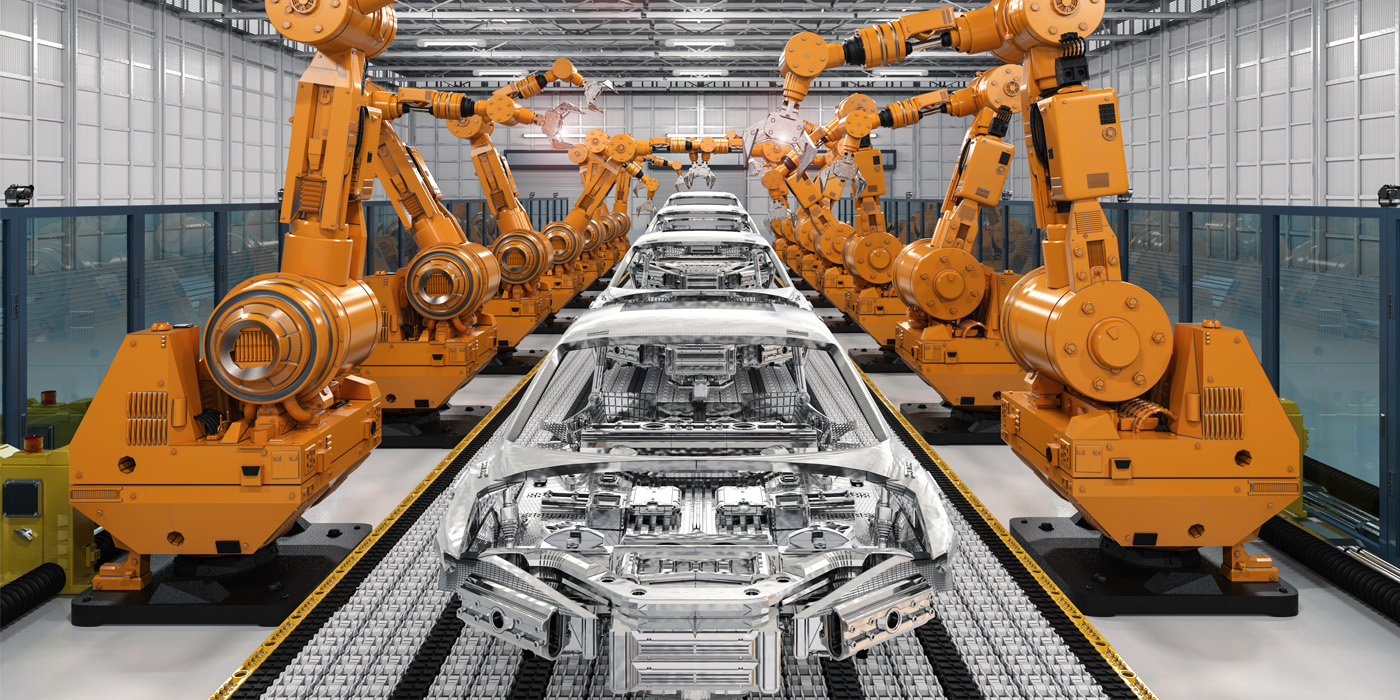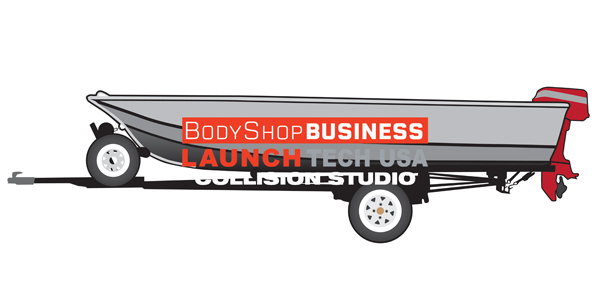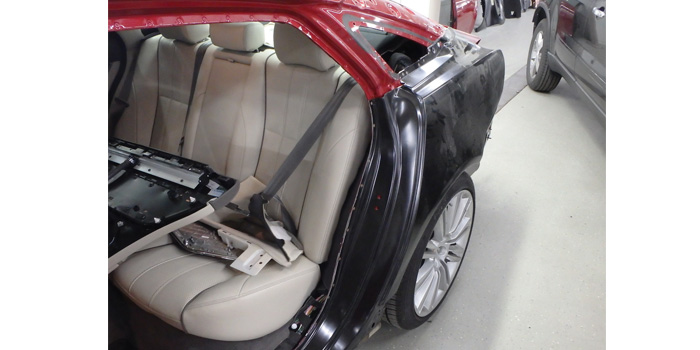
The battle rages on. In the quest to meet government CAFÉ standards, vehicle manufacturers are expanding and researching cost-effective ways to reduce weight in automobiles.
New crash test standards bring new requirements of structural strengths to reduce bodily injury or severity in vehicle crashes. The government is demanding that vehicle recyclability be increased to also extend the ELV or end of life of the vehicle. All these demands and regulations must be met.
What do you do? It’s a tough call, and the answer changes depending on who you ask. Do I feel aluminum will increase in use? Absolutely. Will steel? Absolutely. Will anything else? Absolutely. The point is I absolutely believe vehicles will change. So must you.
Caught in the Middle
In this battle, the repair industry gets caught in the middle. Cars have new technologies and repair considerations, so where do you find repair information? ALLDATA and I-CAR are excellent sources of information, as are the vehicle manufacturer websites and www.OEM1Stop.com. Industry training is a must to succeed with repairs on new vehicles.
One problem for the repair industry is that change is happening so fast, it’s hard to keep up. The time and money necessary for training and equipment is an issue for shops. The other side of this issue for the automakers is that all this change needs to be repaired. Vehicle manufacturers want their vehicles repaired correctly to maintain the level of safety and comfort they designed into them. They want to maintain their vehicles’ reputations. Also, liability plays a role here, too. Getting repair information out and training is difficult, expensive and slower than the advancements of change. So what does this have to do with aluminum repair?
Know What You’re Getting Into
First, congratulations to your shop for training for the repair of aluminum. The Ford project opened up many eyes and increased all shops’ abilities to repair aluminum. Revenues from repairing aluminum versus replacing are increasing more each day.
With that said, does it mean you can repair all aluminum? The answer is no. You may have the equipment and even a technician who is capable, but the problem is, are you accredited or certified to work on that vehicle? Do you have the right equipment? This creates a dilemma. You may be set up for general aluminum repair or cosmetic repair, which is increasing every day. You may even have some structural abilities, but still you may not be set for many structural repairs as they have some interesting aspects you may not know. A point to remember is that just like steel, not all aluminum is the same.
I’m not going to go into the debate of vehicle manufacturers certifying shops for repairs. With aluminum-intensive vehicles, tools and proper training is required and needed. OEs have a vested interest in the success of the repair and safety of their vehicles. Conspiracy theories aside, liability is a scary word.
Straightening
Straightening aluminum can be a challenge to anyone no matter what skill level. The first step is, do you know what you’re dealing with and what will be required? Knowing what tools you’ll need and how to prevent contamination along with how to create heat and monitor that heat are essential to success. These are some of the basic training principles taught in I-CAR courses. This knowledge is expanded upon and practiced in vehicle manufacturer training such as Audi, Jaguar, BMW, Mercedes and many more joining the list (watch for the new Cadillac). Knowing welding and/or attachment procedures required is critical to doing the job correctly. This level of repair requires specialized training.
Equipment
By Ford bringing aluminum to the mainstream, the envelope was pushed. Shops found they needed to buy and/or upgrade some equipment. Shops that have been working with aluminum for years or certified shops made this commitment long ago. They made huge commitments in equipment and training, as many aluminum-intensive vehicle manufacturers have some major specifications:
- Dedicated space was one of the big requirements as production space in shops is at a premium. Separate areas or even rooms were a difficult thing to give up.
- Equipment. Some purchases were an incredible expense. Whether justified or not, you had to have the proper equipment.
- Training. Again, a major expense.
- Frame equipment. Not just any equipment, but the kind that was able to prevent damage and contamination.
The list goes on and on, but these are the basics to know before you plunge ahead.
Differences
The difference in repairing steel versus aluminum in practice depends on the aforementioned items, with training being a major part. There are some similarities, but there are also some big differences.
In steel repair, we’re always trying to find ways of reducing or eliminating heat’s effect. Aluminum is different. The mechanical properties of aluminum can be similar to high-strength steels or even ultra high-strength steels. The repair abilities are polar opposites. Heat is necessary to repair aluminum. The problem is, how much? Knowing the limits and how to monitor those limits is critical.
The use of “memory” in steel makes for returning a part to original shape a common practice. Aluminum has no such memory and must be reformed. This provides a major difference in repair. Whether you’re dealing with aluminum sheet metal or structural, aluminum will take time to repair. The work hardening of aluminum makes the damage much stronger than the surrounding metal. Reforming takes heat and time and some patience. Practice is the issue. I find that many technicians are nervous on the heating of damage for repair.
Heat
Whether it’s a door skin or rail, you need to know the limits and how to control heat. Aluminum radiates or transfers heat quickly away from the area being worked on. If the part is to be replaced, there’s not much of an issue. Heat radiating out to parts not damaged could create problems.
You also need to understand work hardening of aluminum. If it’s a hood taking out a dent or an upper rail on a new F-150, you’re going to be applying pressure. The damaged metal work hardens and becomes stronger than the surrounding metal. The heat is used to soften the damaged aluminum to allow it to be reformed. This softening prevents the stretching or pulling of undamaged areas. We do not want to pull more damage in.
Most vehicle manufacturers recommend 470 degrees or lower as a maximum temperature. You can heat aluminum as many times and as long as you want, and you may just have to do that depending on the damage. You may also need to shrink aluminum to remove some of the stretch. Again, heating and cooling will remove that stretch. Remember, however, that you just can’t exceed the recommended heat limit. When aluminum is heated, it softens, and when it cools, it gets its strength back. Exceeding the limit will permanently soften the aluminum and requiring replacing the aluminum. Using a good no-contact thermometer will help you monitor the heat.
Work Hardening
As aluminum work hardens, it gains strength but also becomes more brittle. Not using heat can cause cracking and/or tearing during repairs, but the use of heat does not guarantee to stop this damage. Like steel, aluminum has different strengths and properties. Depending on the series and hardness of the aluminum and its mechanical properties, it may crack or tear no matter what you do. Knowing what aluminum you’re dealing with and its properties will help achieve a successful repair. This is another reason why training is critical in many repairs, especially OEM training. Knowing when to say enough is enough and replace a panel or part or section damage on a rail is a skill to be learned. Also, when does the time needed to repair exceed the cost of replacement? This is why carmakers are so adamant about shops getting training and the right equipment.
Establish a Plan
On aluminum-intensive vehicles that have an aluminum frame or structure, clamps and equipment to hold the vehicle to the frame rack and pull need to be either designed for or dedicated to aluminum only. Once the vehicle is attached to the frame rack, establishing your plan to maximize with the least number of pulls is best in order to reduce the chance of over-pulling or damaging good parts.
The basics of measuring and pulling apply to both aluminum panels and structure. The difference is we’re using heat in areas where we want movement. Always be monitoring attachment locations to prevent damaging welds or rivets and adhesives in seams and joints. This is a common problem as the damaged aluminum becomes very strong. Also, avoid exposing clamps and equipment to heat. You paid a lot of money for them. Always check clamping locations for damage. Use dye penetrant to see if straightening has caused any cracks or damage in parts. Dye penetrant is also great for checking for any defects in welds as defects are so difficult to see. Dye penetrant is a must for any tool box.
Stress
When reforming aluminum, stress relieving is used to shape and reform aluminum’s grain structure. We’re not pounding or shaping but vibrating or subtlely massaging areas surrounding the damage. If working with a rail, we may have to step up the stress-relieving force, but we don’t want to pound or deform the metal in the process. If the metal is to be replaced, this is less of a concern. Be sure to use dedicated aluminum tools while doing this work.

